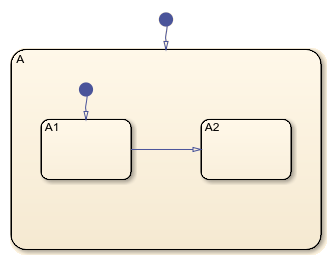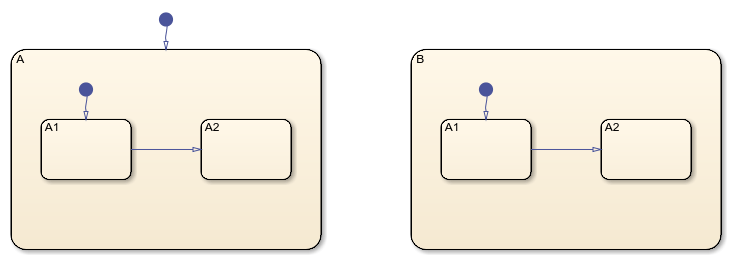Stateflow.Clipboard
Clipboard to copy and paste Stateflow objects
Description
Use the Stateflow.Clipboard object to copy and paste graphical
and nongraphical objects within the same chart, between charts in the same Simulink® model, or between charts in different models.
Creation
There is only one Stateflow.Clipboard object, which is created
automatically when you start Stateflow®. To access this object, call the sfclipboard
function:
clipboard = sfclipboard;
Object Functions
Examples
Version History
Introduced before R2006a



